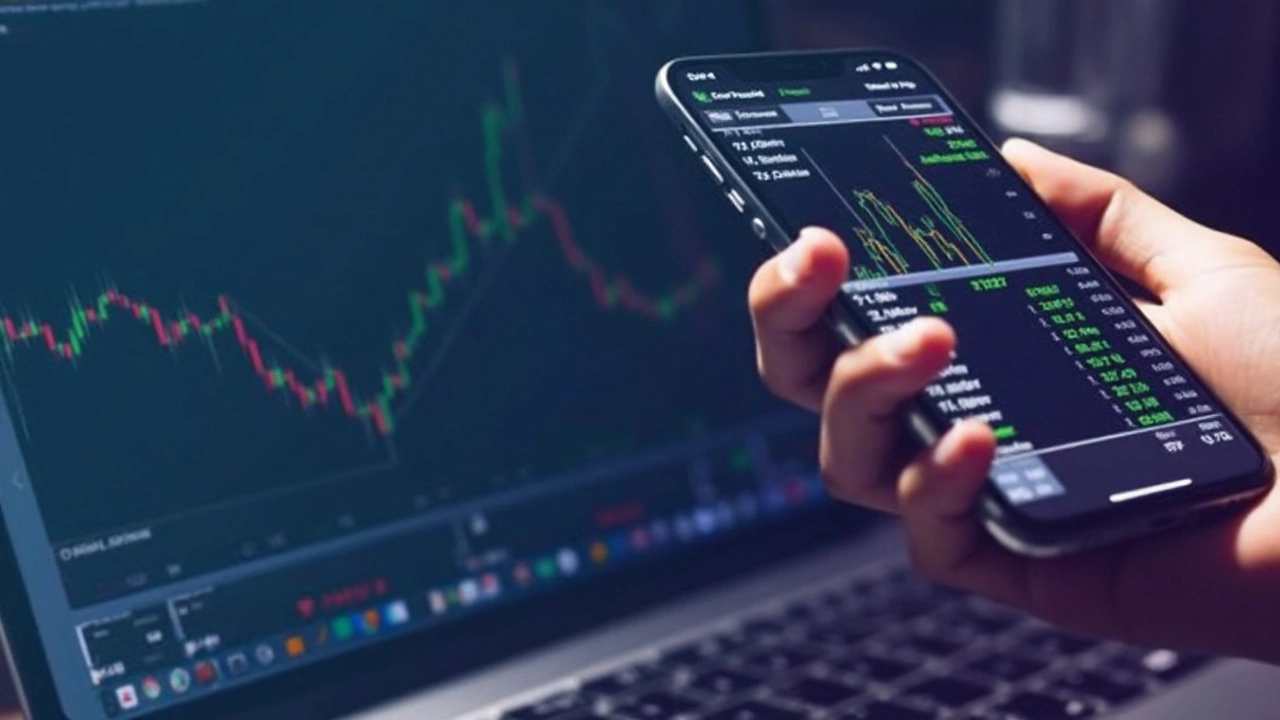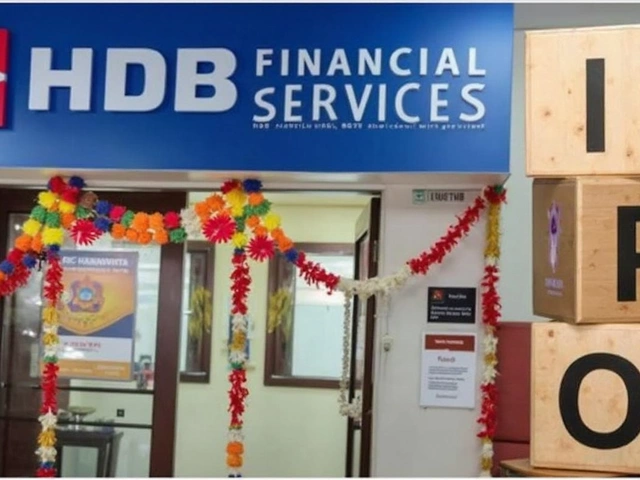Stock Surge: Sensex and Nifty Jump After Retail Inflation Hits 8‑Year Low
Last week the Indian share market gave investors a reason to smile. Retail inflation slumped to just 1.55%, the lowest in eight years, and the Sensex jumped over 300 points while the Nifty crossed the 24,600 mark. It felt like a sudden burst of energy after months of choppy trading, and many wonder what’s driving this stock surge.
Why a Drop in Inflation Fuels a Market Rally
When inflation eases, the cost of living slows down, and the Reserve Bank of India (RBI) can think about keeping interest rates steady or even cutting them. Lower rates mean cheaper borrowing for companies, which usually translates into higher earnings. Investors see that as a green light to buy stocks, pushing prices up. In this case, the dramatic fall in retail inflation gave the market a clear sign that the economy is stabilising, and that news alone was enough to spark a buying spree.
Key Sectors Riding the Surge
Not every sector benefited equally. Healthcare stocks led the charge, pulling the Sensex higher with strong demand for medicines and diagnostics. Financials also felt the boost as banks expect lower default rates when consumer prices are tame. On the flip side, commodity‑heavy stocks lagged because lower inflation often signals softer demand for raw materials. If you’re eyeing the next move, look at companies that can profit from steady consumer spending and lower financing costs.
Another factor worth mentioning is foreign institutional investor (FII) behaviour. Even though FIIs have been net sellers in recent weeks, the sudden optimism from the inflation data caused a brief inflow, adding extra momentum to the rally. Domestic institutional investors (DIIs) also stepped in, buying on dips and reinforcing the upward trend.
For everyday investors, the takeaway is simple: a clear inflation dip can act like a catalyst for a stock surge. It’s not a guarantee that every stock will rise, but the overall market sentiment turns bullish. Keep an eye on RBI policy hints – if the central bank signals a pause or a cut, that could extend the rally.
What about the risk side? A sudden surge can sometimes be followed by a correction, especially if investors over‑react. Watch for any surprise in global markets, oil price spikes, or unexpected political moves that could reignite volatility. Staying diversified and setting stop‑loss levels can help protect gains.
Looking ahead, the next few weeks will be crucial. If retail inflation stays low and the RBI keeps a dovish tone, we could see the Sensex test new highs. However, any bounce back in price pressures could temper the rally quickly. Keep checking the CPI releases and RBI minutes – they’re the best barometers for the market’s next direction.
Bottom line: the recent stock surge shows how powerful macro data can be. A low‑inflation surprise gave investors confidence, drove buying across key sectors, and lifted the major indices. Whether you’re a seasoned trader or a first‑time buyer, understanding the link between inflation and market moves can help you ride the next wave more wisely.
CDSL Shares Power Ahead as Unified Investor Platform Sparks Strong Buying Interest
CDSL shares soared by 3%, reflecting a wave of investor enthusiasm following news of a unified investor platform. The stock rebounded 60% from March lows, maintaining strong market cap despite a recent profit dip. Trading volumes hit 8.6 million in a session as both institutions and retail investors piled in.





